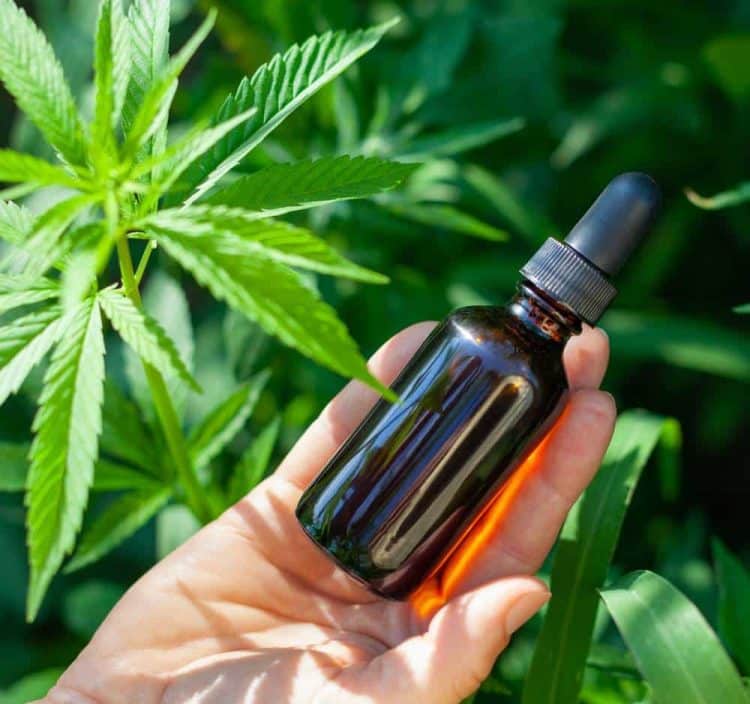Did you know that cannabis is believed to have originated in western China and Central Asia? According to experts in the field, cannabis has been used for millennia, and the first documented case of its use dates back to 2800 BC. [1]
Scientists are still studying this complex plant even though cannabis has been around for centuries. Most of the studies are done on the two well-known cannabis compounds, cannabidiol (CBD) and tetrahydrocannabinol (THC). These are the major cannabinoids usually found in cannabis, but they are not the only ones: more than 400 compounds belonging to different classes of chemical entities can be found in this valuable plant.
Although THC and CBD are the most common cannabinoids, they are still valuable. Yet a few are considered more valuable in the US market currently. In our article, we will discuss these cannabinoids and what they are currently being used for to make them so valuable in the US market.
The Most Valuable Cannabinoids In The Current US Market
CBG
Although cannabigerol (CBG) research is limited, this cannabinoid is considered non-psychoactive with a wide potential of therapeutic benefits. Cannabis plants uses CBGA as precursor for the biosynthesis of the most well-known cannabinoids trhough the action of enzymes called cannabinoid synthases. [2]
Among the therapeutic applications [3] of CBG, it is possible to use it for:
- Glaucoma treatment.
- As a tool to kill drug-resistant bacteria.
- Huntington’s disease treatment.
- As a treatment to reduce inflammation in Crohn’s disease.
THCV
Often many people get confused between THC and tetrahydrocannabidivarin (THCV). In recent years THCV has become popular because of its appetite-suppressing properties. [4] Since this cannabinoid is non-psychotropic, people can enjoy THCV benefits without experiencing a high.
However, some studies have indicated that THCV can get a person high in high doses, but this high fades faster than other cannabinoids. Although it is difficult to properly determine what this cannabinoid can be used for, preliminary data has revealed that THCV could help with the following:
- It could be used to regulate blood sugar in diabetes treatment.
- Has been shown to curb anxiety and panic attacks.
- It could be used in bone-related conditions
- Has been shown to be beneficial for Alzheimer’s disease.
When THC ages, it converts into cannabinol (CBN). For years this cannabinoid has been touted as one of the best for sleep, and when combined with THC, it is a potent sleep-inducing aid. Interestingly, CBN is not psychotropic and it is usually found in high amounts in older cannabis inflorescences. Besides sleep, there are several other benefits associated with CBN are:
- It has shown promise as a potent antibacterial aid.
- It has the potential to act as an appetite stimulator.
- Glaucoma treatment.
- It could potentially be an anti-inflammatory for arthritis. [5]
THCA
When a cannabis plant begins to dry out or it is, the THCA compound transforms into THC through a process called decarboxylation. Although there isn’t much research, there are presumed health benefits undergoing further study. These benefits include:
- Helps people sleep.
- Can suppress muscle spasms.
- Has been shown to potentially improve immune system functions.
- In prostate cancer studies THCA has been shown to inhibit cancer cell growth. [6]
References:
[1] History of cannabis. (2022).https://www.sydney.edu.au/lambert/medicinal-cannabis/history-of-cannabis.html
[2] Maybelle K. G. et al. Cannabinoid Biosynthesis using Noncanonical Cannabinoid Synthases, bioRxiv (2020).01.29.926089; doi: https://doi.org/10.1101/2020.01.29.926089
[3] Deiana, S. Potential Medical Uses of Cannabigerol: A Brief Overview. Handbook of Cannabis and Related Pathologies (2017); 958–967. doi:10.1016/B978-0-12-800756-3.00115-0
[4] Wargent ET. et al. The cannabinoid Δ(9)-tetrahydrocannabivarin (THCV) ameliorates insulin sensitivity in two mouse models of obesity. Nutrition and Diabetes. (2013); 3(5):e68. doi:10.1038/nutd.2013.9 [Journal Impact factor = 4.59 ] [Times cited =92]
[5] Dawidowicz, A. et al CBG, CBD, Δ9-THC, CBN, CBGA, CBDA, and Δ9-THCA as antioxidant agents and their intervention abilities in antioxidant action. Fitoterapia, (2021); 152, 104915. doi: 10.1016/j.fitote.2021.104915 [Journal Impact factor = 2.882 ] [Times cited =10]
[6] Kovalchuk, O., & Kovalchuk, I. (2020). Cannabinoids as anticancer therapeutic agents. Cell Cycle, 19(9), 961-989. doi: 10.1080/15384101.2020.1742952 [Journal Impact factor = 3.304 ] [Times cited = 35]
Image: https://www.bigstockphoto.com/image-429992069/stock-photo-hemp-farmer-holding-cbd-oil-made-of-cannabis-sativa-plant












